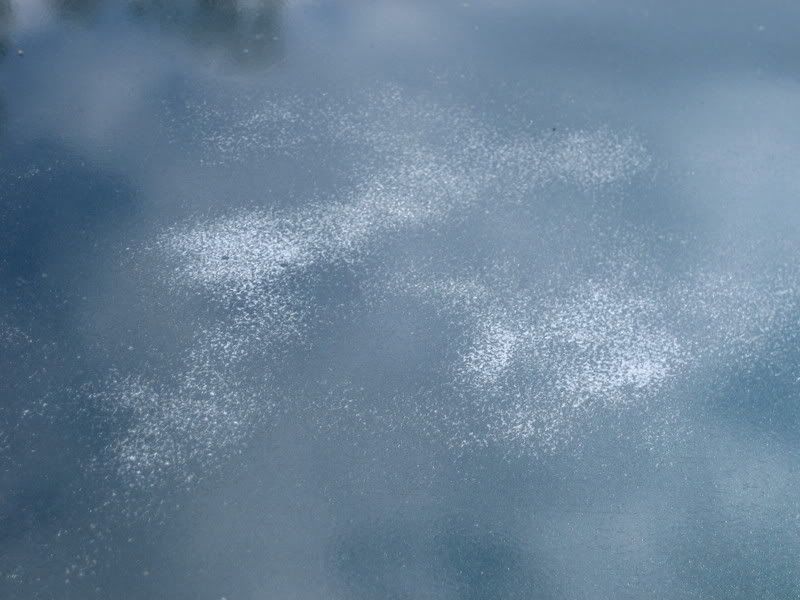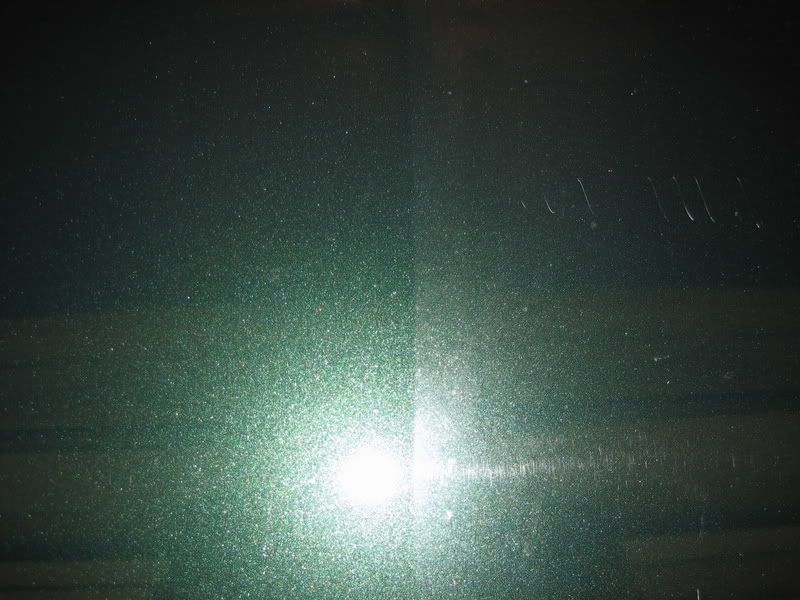I wanted to share my test results with others on this board, and because it takes so long to conduct the tests, I was also hoping that other Autopians with an ETG would peform their own similar tests.
THE TEST: Measure how much clear is removed using various compounds, polishes, and pads with the rotary. With each compound and pad combination I polished a 2' x 2' area 5 times (each time I used 4 pasess and each pass overlapped the previous by 50%); the rotary was set at 1500 rpms and I applied medium pressure (about 5-7 lbs ) to the rotary (since I only polished horizontal surfaces like the hood, the weight of the buffer also added pressure). I made sure to let the paint cool in between each polishing.
Because total film build on most vehicles varies significantly throughout each panel, I made sure to consistenly measure on the exact same point (usually using a small rock chip for reference).
All measurements are in Microns...typical factory clear is approximately 40 microns thick.
Because the amount of paint removed for many of the combinations was so small, I think the test would prove much more accurate if I were to polish 10 times.
RESULTS:
1) Green P2 with SSR 3 removed approximately 2 microns
2) Green P2 with new (blue) OHC removed approximately 1.5 microns
3) Green P2 with HTEC+OC (50/50) removed approximately 2 microns
(tests 1-3 were conducted on my landcruiser whereas the remaining tests were perfomred on the hood of a black Jetta).
4) Yellow P2 pad with PO85RE5 removed approximately 1 microns (but I had a difficult time taking a consistent measurement in this spot for some reason...so I'd like to redo this test)...though as is, this tells me cutting pad without compound does not remove much clear.
5) Yellow twisted wool pad from CMA with PO85RE5 removed approximately 1 microns (I wash shocked so little clear came off)
6) Black Edge twisted two (two-sided) with PO85RE5 removed approximately 1.5 microns(again, shocked).
Black Edge wool with OP removed approximately 2.5 microns
7) Black Edge wool with HTEC/OC removed 7 microns of paint (combination of wool and compound seemed to triple the aggressivemeness).
8) Orange CCS with HTEC/OC removed approximately 2 microns of paint
9) Orange CCS with PO85RE5 removed approximately 1 microns






